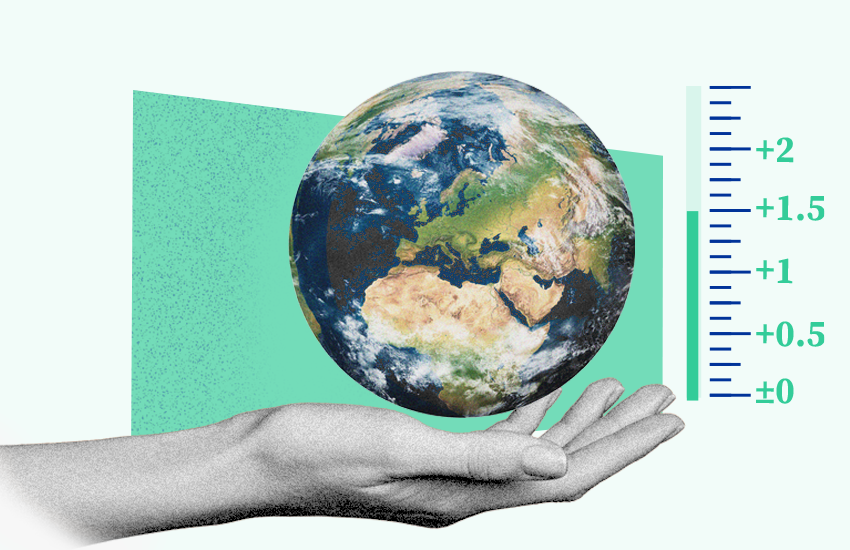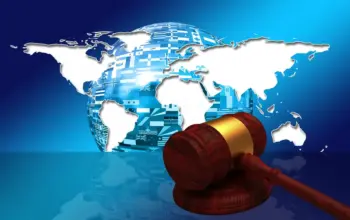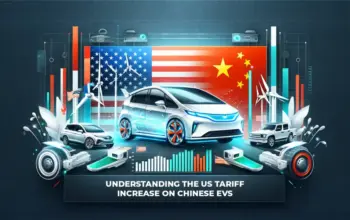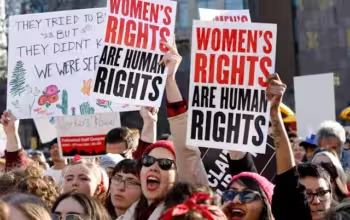Uzone.id – In 2015, the world witnessed a historic moment: the signing of the Paris Agreement. It was like a turning point in the fight against climate change. Nearly 200 countries came together, united by a common goal: to slow down global warming.
Imagine a world where almost every country agrees to work together on a problem. That’s what the Paris Agreement was. It showed the world that we can all come together to make a difference, even when faced with a global challenge like climate change.
A Global Commitment to a Cooler Future
The Paris Agreement stands as the first-ever legally binding international treaty dedicated solely to climate change. It represents a powerful testament to international cooperation and the urgent need to address this global threat.
The agreement establishes a clear long-term goal: limiting global warming to well below 2 degrees Celsius (3.6°F) above pre-industrial levels, with efforts to strive for 1.5°C (2.7°F). This ambitious target provides a much-needed roadmap for countries to take decisive action.
“The Paris Agreement is a huge flame of hope. It is a historic agreement that will define the future of our planet,” stated Christiana Figueres, former Executive Secretary of the UNFCCC.
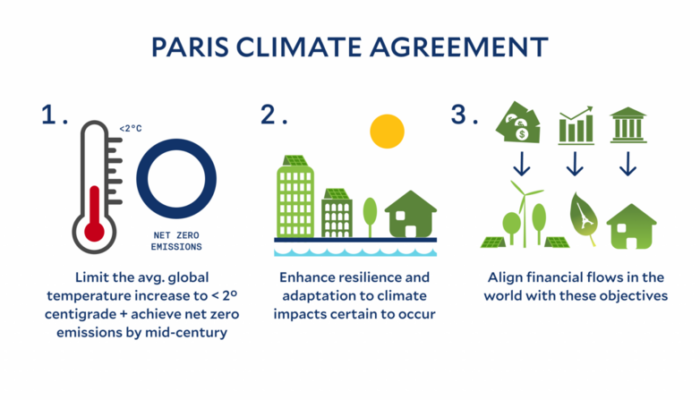
Key Provisions for a Sustainable Future
The Paris Agreement outlines a framework for achieving its ambitious goals. Here are some of its key pillars:
- Nationally Determined Contributions (NDCs): Each country submits NDCs, outlining their national targets for reducing greenhouse gas emissions. This allows for flexibility while ensuring accountability.
- Global Stocktake: A regular review process assesses collective progress toward the agreement’s goals. This fosters continuous improvement and adaptation.
- Climate Finance: Developed countries are encouraged to provide financial support to developing nations, empowering them to mitigate emissions and adapt to climate change.
- Loss and Damage: The agreement recognizes the need to address the impacts of climate change, particularly for vulnerable nations facing loss and damage.
A Turning Point, Not a Finish Line
The Paris Agreement marks a significant step forward, but the fight against climate change is far from over. Here are some of the key challenges we face:
- Raising Ambition: The current NDCs need to be strengthened to effectively achieve the Paris Agreement’s goals.
- Mobilizing Finance: Securing adequate financial resources to support developing nations remains crucial.
The Role of Youth in Driving Climate Action
The Paris Agreement is a landmark achievement in the global effort to combat climate change. However, its success ultimately depends on the actions of individuals and communities around the world. One group that has played a particularly vital role in driving climate action is young people.
Young people have been at the forefront of the climate movement, raising awareness, demanding action, and inspiring others to join the cause. Their passion, energy, and creativity have been instrumental in shaping the discourse around climate change and pushing for more ambitious climate policies.
Greta Thunberg, a Swedish climate activist, has become a global symbol of youth climate activism. Her Fridays for Future movement has inspired millions of young people around the world to take to the streets and demand action on climate change. Other notable youth climate activists include Xiuhtezcatl Martinez, Autumn Peltier, and Alexandria Villaseñor.
“The climate crisis is the biggest challenge humanity has ever faced,” shouted Thunberg.
With the same rage and equal demand for concrete moves, Martinez admitted that the young generation has to be more aware and make a change for climate change, a real issue that is still overlooked.
“We are the generation that will have to deal with the consequences of climate change. We have to be the ones to solve it,” said Martinez.
Young people are also using their voices to hold governments and corporations accountable for their actions on climate change. They are advocating for policies that promote renewable energy, reduce greenhouse gas emissions, and protect the environment.
In addition to their advocacy work, young people are also making a significant contribution to climate solutions. They are developing innovative technologies, creating sustainable businesses, and promoting sustainable lifestyles.
The Paris Agreement is a testament to the power of international cooperation, but it is also a call to action for individuals and communities around the world. Young people are leading the way in the fight against climate change, and their continued engagement and activism will be essential for achieving the goals of the Paris Agreement.
Despite the challenges, the Paris Agreement offers a powerful beacon of hope. It creates a framework for collaboration, knowledge sharing, and technological innovation to build a more sustainable and resilient future for all. (Hani)

